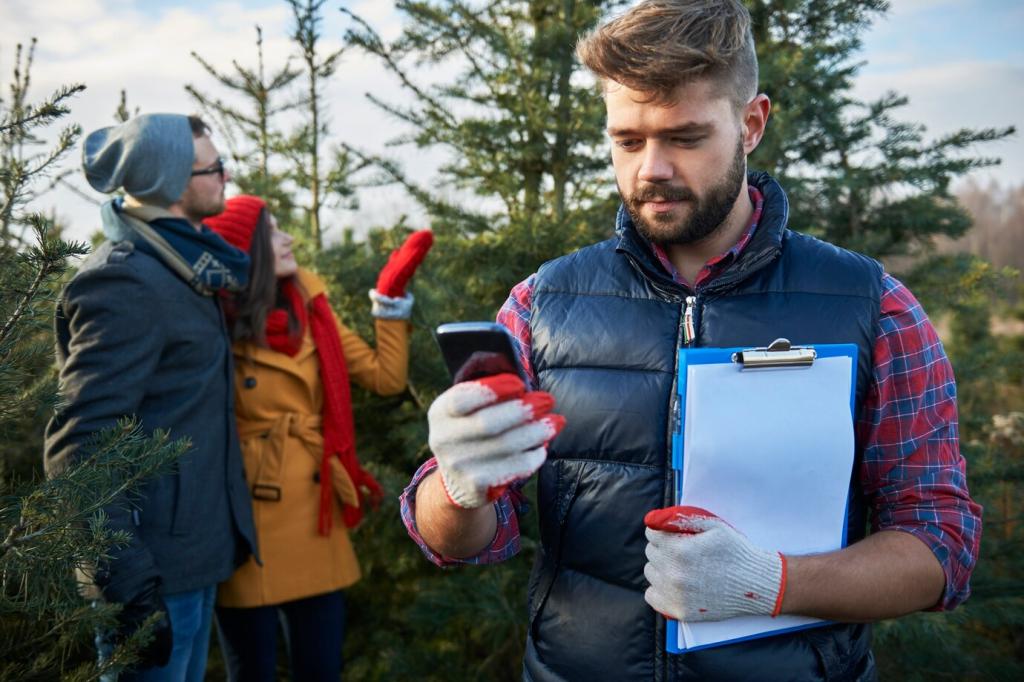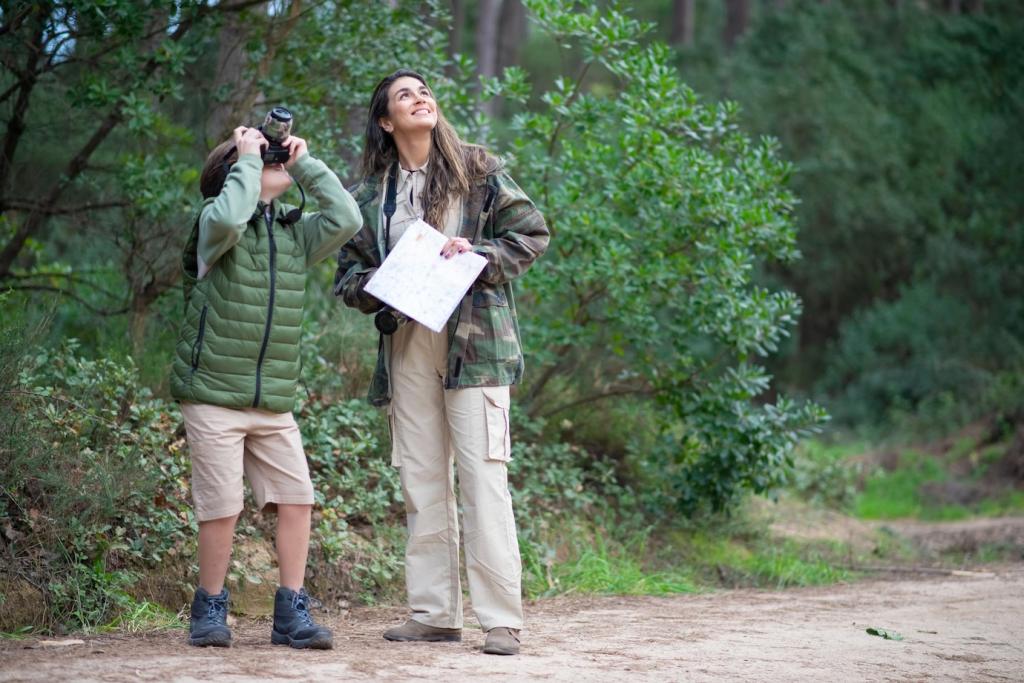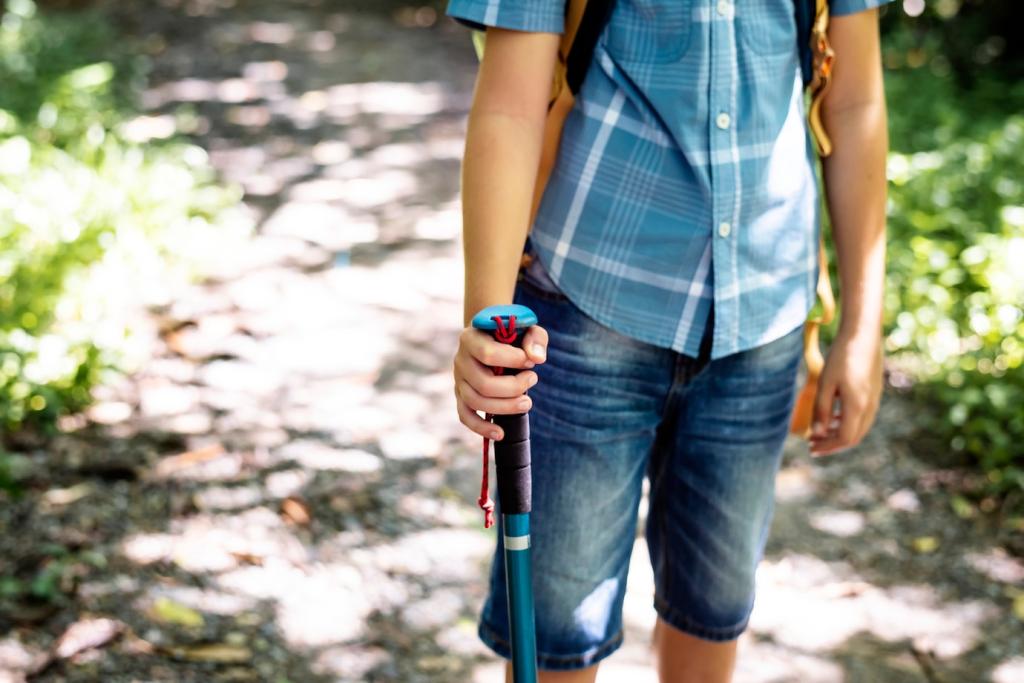
Essential Gear for First-Time National Park Hikers
Welcome! Today’s theme: Essential Gear for First-Time National Park Hikers. Consider this your friendly trailhead briefing—clear, confidence-boosting advice with real-world stories so your first miles feel exciting, safe, and wonderfully memorable. Comment with your park plans and subscribe for our printable checklist!


Start From the Ground: Footwear and Socks
For maintained park trails, lightweight trail shoes can be perfect; for rocky, muddy routes, mid-cut boots offer support and stability. Try them late in the day, with hiking socks, and walk slopes in-store to check heel lift and toe room.
Start From the Ground: Footwear and Socks
Merino or synthetic socks manage moisture and reduce friction far better than cotton. Choose a snug fit that doesn’t wrinkle, with cushioning under heel and forefoot. Consider liner socks if you’re blister-prone, and pack a dry backup pair.
A waterproof, park-issued topo map never needs batteries. Learn to orient your map, identify contour lines, and use a simple bearing to confirm direction. Practice at home with a YouTube tutorial, then verify on an easy loop trail.
Navigation You Can Trust
Hydration and Water Treatment
A common baseline is about half a liter per hour in mild conditions, more in heat or high altitude. Split volume between an easy-sip reservoir and a bottle for mixing electrolytes. Start hydrated and sip consistently, not just when thirsty.


Hydration and Water Treatment
Filters remove sediment and many pathogens; chemical drops are ultralight; UV purifiers are fast but require charged batteries. In silty water, let sediment settle first. Always treat natural sources, even if they look pristine and glacially blue.
Layering for Changing Weather
Base Layers That Manage Moisture
Choose breathable synthetics or merino to pull sweat off skin and reduce chills. Avoid cotton, which stays wet and clammy. Even on warm days, a light long-sleeve base layer protects from sun and brush, and dries quickly at rest stops.
Insulation and a Weatherproof Shell
A packable fleece or synthetic puffy traps warmth during breaks or sudden gusts. A reliable rain shell blocks wind and showers. Size layers to fit comfortably together so your range of motion and ventilation stay intact while moving.
Sun and Bug Protection
A brimmed hat, UPF shirt, and sunglasses make exposed trails easier. In buggy seasons, choose permethrin-treated clothing and a small bottle of repellent. Lightweight sun gloves protect hands when using poles and reduce sunscreen reapplication needs.
Safety, First Aid, and Emergency Essentials
Include blister care, bandages, gauze, tape, antiseptic wipes, and pain relief. Add a personal medication stash and allergy treatment. A compact trauma pad weighs little but helps in real cuts. Review and refresh items every season for reliability.

Snack Strategy and Timing
Aim for small bites every 45 to 60 minutes: nuts, jerky, bars, and fruit chews. Pair carbs with a little protein and salt. If you forget to eat, set a quiet phone reminder, then pause and actually enjoy the view.
Lunches That Don’t Squish
Sturdy tortillas, hard cheeses, and nut butters travel better than soft bread. Add crisp veggies for crunch. Wrap lunches in reusable beeswax or a hard-sided container, and include a morale snack that feels like a celebration at the summit.
Food Storage Rules in Parks
Some parks require bear canisters or lockers even for day trips near parking areas. Read local regulations, pack odor-resistant bags, and never stash food under a rock. Responsible storage protects wildlife and keeps trails open for everyone.

Choosing Capacity and Features
For most first-time day hikes, 15–25 liters works well. Look for a comfortable hip belt, water reservoir sleeve, and external stash pocket. Side compression straps help stabilize loads so the pack moves with you, not against you.

Dialing the Fit
Adjust torso length if available, then snug shoulder straps, lightly tension the hip belt, and finish with load lifters. The belt should carry most weight on your hips. Walk a few minutes and fine-tune until the pack disappears.

Smart Packing Order
Heavier items go close to your spine, mid-back height, to preserve balance. Keep rain shell and snacks in quick-access pockets. Use small pouches to avoid a gear jumble, and practice a two-minute gear check before leaving the trailhead.
